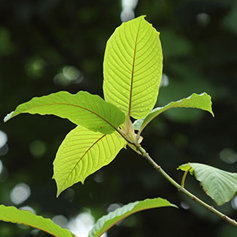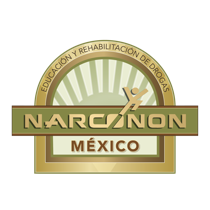Signs and Symptoms of Kratom Abuse

Kratom is a fairly new drug in America but it has long been used in Southeast Asia. Kratom is the name of a tree that is native to the area, scientific name Mitragyna speciosa. The leaves are used as a stimulant or a sedative, depending on how much is taken. Usage has recently spread across the US with the claim that this drug is both legal and undetectable.
Those people who don’t want to get caught on a drug test at work or in the military are drawn to drugs that don’t readily show up on a drug test. A search in the online Los Angeles phone directory shows six local stores that sell kratom and other drugs said to be legal, like salvia. In Miami, there are two such stores. Chicago also has two of these stores. And there are hundreds of websites that will mail this drug to consumers.
An online user’s guide describes the signs of kratom use and how much of the drug to use to obtain these different states.
- 2–6 grams of leaves = stimulant
- 7–15 grams of leaves = stimulant for some people, euphoric and sedative for others
- 16–25 grams of leaves = strongly sedating effects
- 26–50 grams = very strongly sedating and euphoric effects, may also cause hallucinations and delusions
From one batch of kratom to another, however, potency varies, so a person may get a much heavier dose than intended even if they follow this guideline. The drug may be sold as a dried or undried leaf, a tea, or in gelcaps.
Drug Enforcement Administration Guidelines
The Drug Enforcement Administration has seen enough of the drug to issue an official drug data sheet to educate law enforcement personnel. They list the signs and symptoms of kratom abuse.
Low Doses of Kratom:
- Increased alertness, higher energy levels
- Talkativeness, increased sociability
- Greater ability to tolerate tedious tasks
- Some people may get edgy or nervous
Higher Doses of Kratom:
- Insensitivity to physical or emotional pain
- Constricted pupils
- Nausea
- Vomiting
- Itching
- Sweating
- Dreaminess
- Sudden sleepiness
Overdoses of Kratom
- Delusions
- Lethargy
- Respiratory depression
- Shakiness
- Aggressive or combative behavior
- Paranoia
- Severe nausea
Nausea and vomiting at high doses or overdoses on kratom can be severe and prolonged in some individuals.
Effects set in quickly after the drug is taken and may last for five or more hours. A higher dose may last longer. The drug can be ingested, drunk as a tea or smoked. The dried or undried leaves may be chewed.
There are also more serious signs and symptoms of kratom abuse. The DEA notes that some people have suffered from periods of psychosis, including hallucinations, aggression, hostility, and confusion.
Drug Is Still Legal in US and Europe but Is Addictive
Like many other drugs, the use of kratom can result in cravings that then drive a person to abuse the drug over and over, even when they are suffering from adverse effects of its use. Addiction may be accompanied by loss of sexual desire, weight loss and darkening of the skin on the face and, of course, strong cravings that compel more use of the drug.
A person may start out intending to use this drug recreationally from time to time, but the cravings that set in after repeatedly using this drug may cause him to use it daily. Once he is addicted, he will have to go through withdrawal to get clean and sober again.
Withdrawal symptoms are said to include muscle restlessness, aches and jerking, severe depression, weepiness, diarrhea, panic attacks, irritability, runny nose and sudden changes of mood. These symptoms are quite similar to those of opiates.
In 2012, kratom users began to be seen in emergency rooms of hospitals when they either got too much of the drug or they were going through withdrawal. Because the addictive nature of kratom may not be well known, a person may not realize that he is going through kratom withdrawal when he goes to the hospital.
One report from Phoenix stated that the only people running into trouble with kratom use were those who were too young to buy alcohol, so they bought kratom instead.
Head shops, convenience stores, and gas stations may be sources for this drug, as well as online businesses.
Narconon Offers Rehab for Kratom Addiction
While a person may struggle with kratom addiction on his own, he can find help at a Narconon drug and alcohol rehabilitation center. The list of drugs that people can leave behind after the Narconon program is long, and kratom is no barrier to sobriety or recovery.
The sickness and discomfort of kratom withdrawal can be eased by the care of Narconon staff. Nutritional supplements and plenty of one-on-one care helps a person through the pain and depression that normally occurs at this time.
And because the Narconon program enables an individual to repair damage at his or her own rate, a person not only has the time to recover from the physical addiction itself, he also has time to work through the life skills training that enables him to leave drugs behind for good.
For more information on kratom addiction recovery at a Narconon center, call
See also: Effects of Kratom.
References:
